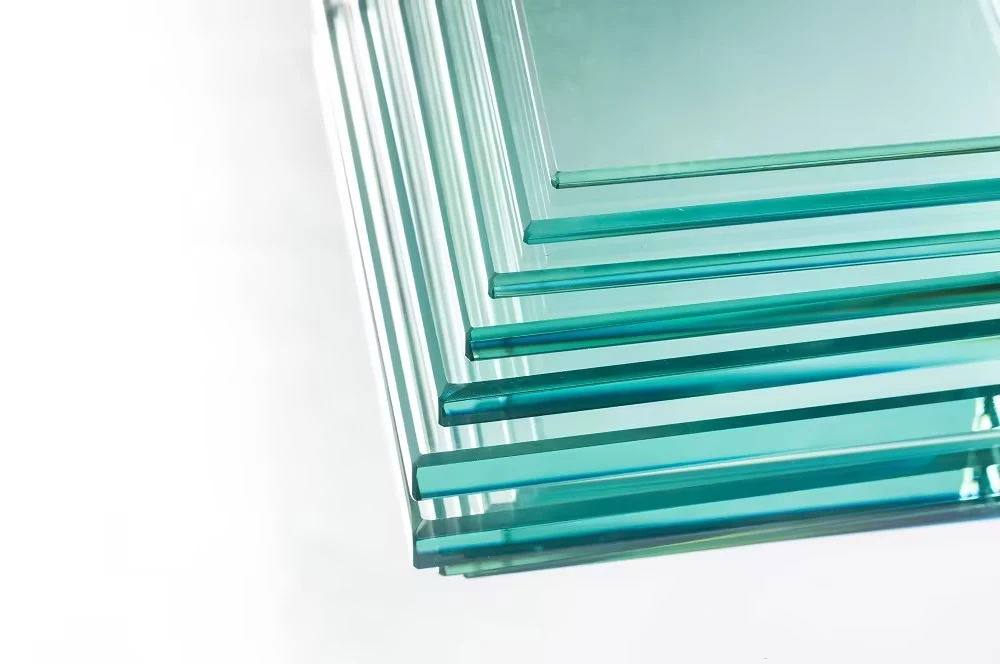

Self Frosting Glass A Modern Twist on Privacy and Design
In recent years, the concept of self frosting glass has emerged as a game-changer in the realm of glass design and functionality. This innovative material has gained popularity in both residential and commercial spaces, offering a unique combination of privacy, aesthetics, and versatility. As our lives become increasingly public, the need for personal space and privacy without sacrificing style has never been more important. Self frosting glass answers this demand with its unique ability to change from transparent to opaque at the touch of a button.
Self frosting glass operates on a simple yet ingenious principle. Using a technology known as polymer dispersed liquid crystals (PDLC), it can instantly switch from a clear state to a frosted finish when an electrical current is applied. This transformation not only provides immediate privacy to occupants within a space but also enables architects and designers to play with light and transparency in creative ways. Whether it’s for a conference room that needs to provide discretion during meetings or an open-plan office that requires adaptable spaces, self frosting glass offers an innovative solution.
One of the standout features of self frosting glass is its versatility. It can be used in various applications, ranging from residential bathroom windows to expansive office partitions. In homes, it offers an elegant solution for bathrooms and bedrooms, allowing occupants to enjoy natural light while maintaining their privacy. In commercial settings, it serves as an excellent tool for creating flexible workspaces that can easily adapt to different activities throughout the day.

Beyond functionality, self frosting glass offers significant aesthetic benefits. It adds a contemporary touch to any space, enhancing the overall design while providing a unique focal point. The ability to control the level of transparency allows for creative freedom in designing interiors. For example, glass walls that can shift from crystal clear to frosted can create dynamic environments that can be altered for ambiance, mood, or even branding purposes.
Sustainability is another advantage of self frosting glass. With an increasing focus on eco-friendly materials and energy efficiency, this type of glass contributes positively to this movement. It allows for the use of natural daylight during the day, reducing the need for artificial lighting and thereby lowering energy consumption. This functionality aligns well with green building practices, making it a fitting choice for environmentally conscious architects and developers.
As self frosting glass continues to evolve, the possibilities for its use are expanding. Innovations in smart glass technology mean that future iterations may incorporate features such as tinting capabilities, which could allow the glass to adjust to sunlight levels, further enhancing energy efficiency and comfort. The integration of smart home technologies could also lead to applications that allow users to control their glass environment through their smartphones or voice commands.
In conclusion, self frosting glass represents a remarkable synthesis of privacy, design, and sustainability. Its ability to provide instantaneous adjustments from clear to frosted makes it a favorite among homeowners and businesses alike. As we move increasingly towards a future where personalization and adaptability will dominate design, self frosting glass stands out as an exemplary choice, merging beauty with practicality in a strikingly modern package. Whether used in an innovative office design or a contemporary home, it reflects a shift in how we approach spaces and our ever-evolving relationship with privacy.